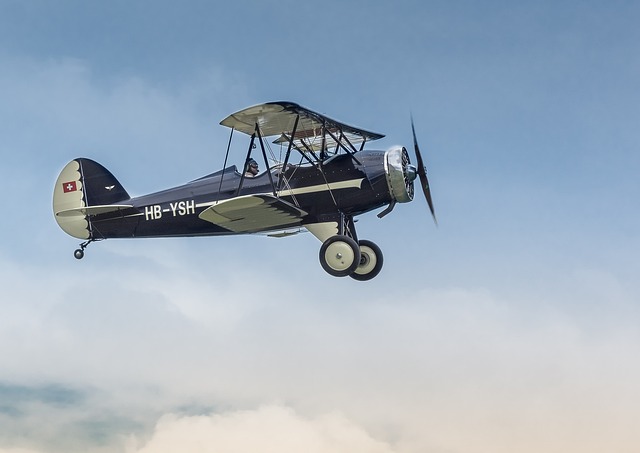Aviation Training for Seniors: Exploring Flight Learning Later in Life
It's never too late to explore the skies. Many seniors choose to begin aviation training as a rewarding personal goal or long-time dream. Programs are available for different experience levels, with flexible formats and supportive learning environments. Learn what to expect. Discover more in this article.

What motivates seniors to pursue aviation training?
For many seniors, the decision to pursue aviation training stems from a lifelong fascination with flight or a desire to challenge themselves in retirement. Some are drawn to the sense of freedom and accomplishment that comes with piloting an aircraft, while others see it as an opportunity to explore new horizons and perspectives. Aviation training can also provide a sense of purpose and mental stimulation, helping to keep the mind sharp and engaged.
Are there age restrictions for learning to fly?
Contrary to popular belief, there are no upper age limits for learning to fly in the United States. The Federal Aviation Administration (FAA) does not impose maximum age restrictions on student pilots or those seeking private pilot licenses. However, aspiring pilots must meet certain medical requirements, which may become more challenging with age. It’s important to consult with an Aviation Medical Examiner (AME) to determine if you meet the necessary health standards for flying.
What types of pilot training programs are available for beginners?
Pilot training programs for beginners come in various formats to accommodate different learning styles and schedules. The most common options include:
-
Part 61 flight schools: These offer flexible, individualized training programs.
-
Part 141 flight schools: These provide structured, FAA-approved curriculums.
-
Accelerated training programs: Intensive courses designed for quicker completion.
-
Sport pilot training: A less demanding option with lower medical requirements.
Each program has its advantages, and the best choice depends on your goals, time commitment, and physical capabilities.
How long does it take to complete aviation training?
The duration of aviation training varies depending on the type of license you’re pursuing and your ability to dedicate time to the process. On average, obtaining a private pilot license takes between 60-80 flight hours, which typically translates to 6-12 months of training. However, seniors learning to fly may find that they need additional time to master certain skills or concepts. It’s important to remember that aviation training is not a race, and progress should be measured individually.
What unique challenges do older adults face in flight training?
While age brings wisdom and life experience, it can also present some challenges in the context of flight training. Seniors may find that:
-
Learning new technologies and complex systems takes more time.
-
Physical stamina required for long flight sessions may be more demanding.
-
Multitasking in the cockpit can be more challenging.
-
Reaction times may be slower, requiring additional practice.
Despite these challenges, many flight instructors report that older students often excel in areas such as decision-making, risk assessment, and overall maturity in the cockpit.
What are the costs associated with aviation training for seniors?
The cost of aviation training can vary significantly depending on factors such as location, type of aircraft used, and the specific program chosen. Here’s a breakdown of estimated costs for different aspects of flight training:
| Item | Estimated Cost Range |
|---|---|
| Private Pilot License (PPL) Training | $10,000 - $15,000 |
| Aircraft Rental (per hour) | $100 - $200 |
| Flight Instructor (per hour) | $50 - $80 |
| Ground School | $300 - $500 |
| Study Materials and Equipment | $500 - $1,000 |
| Medical Examination | $100 - $200 |
| Written Exam Fee | $150 - $200 |
| Practical Test (Checkride) Fee | $400 - $800 |
Prices, rates, or cost estimates mentioned in this article are based on the latest available information but may change over time. Independent research is advised before making financial decisions.
When considering aviation training, it’s essential to factor in ongoing costs such as aircraft rental, fuel, and continued education. Some flight schools offer package deals or financing options that can help make training more affordable for seniors on fixed incomes.
In conclusion, aviation training for seniors is not only possible but can be an incredibly rewarding experience. With the right mindset, support, and resources, older adults can successfully learn to fly and enjoy the unique perspective that comes with piloting an aircraft. Whether fulfilling a lifelong dream or embracing a new challenge, aviation training offers seniors the opportunity to soar to new heights, both literally and figuratively.




